Nature has always had a poetic way of communicating—sometimes, you just have to look closer. Like an artist leaving clues in a canvas, it turns out that some fruits are shaped strikingly like the very parts of the body they benefit most. It’s almost as if your grocery basket holds a secret anatomical chart.
This visual alignment between food and function isn’t just a quirky coincidence—it’s a phenomenon that’s fascinated both scientists and natural healers for centuries. From the walnut’s uncanny resemblance to the human brain to grapes mimicking lung alveoli, the connections are both curious and compelling.
Whether it’s nature’s way of nudging us toward better health or just a happy accident, one thing’s for sure: these lookalike fruits offer more than just flavor—they offer insight. So let’s peel back the layers and take a closer look at fruits that mirror our own bodies, and why that might just be a clue worth biting into.
1. Avocado — Uterus
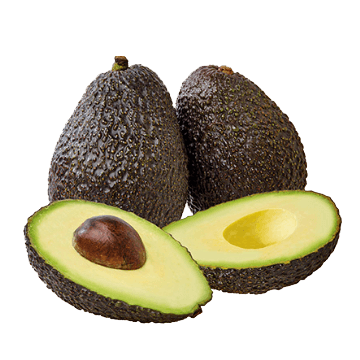
The avocado’s bulbous, seed-centered shape closely mirrors the female uterus, especially when sliced in half. Its outer curve and inner cavity almost sketch the silhouette of this reproductive organ. Avocados are rich in folate, a nutrient crucial for reproductive health and prenatal development, making the resemblance more than just a coincidence.
2. Grapefruit — Breast Lymphatic System
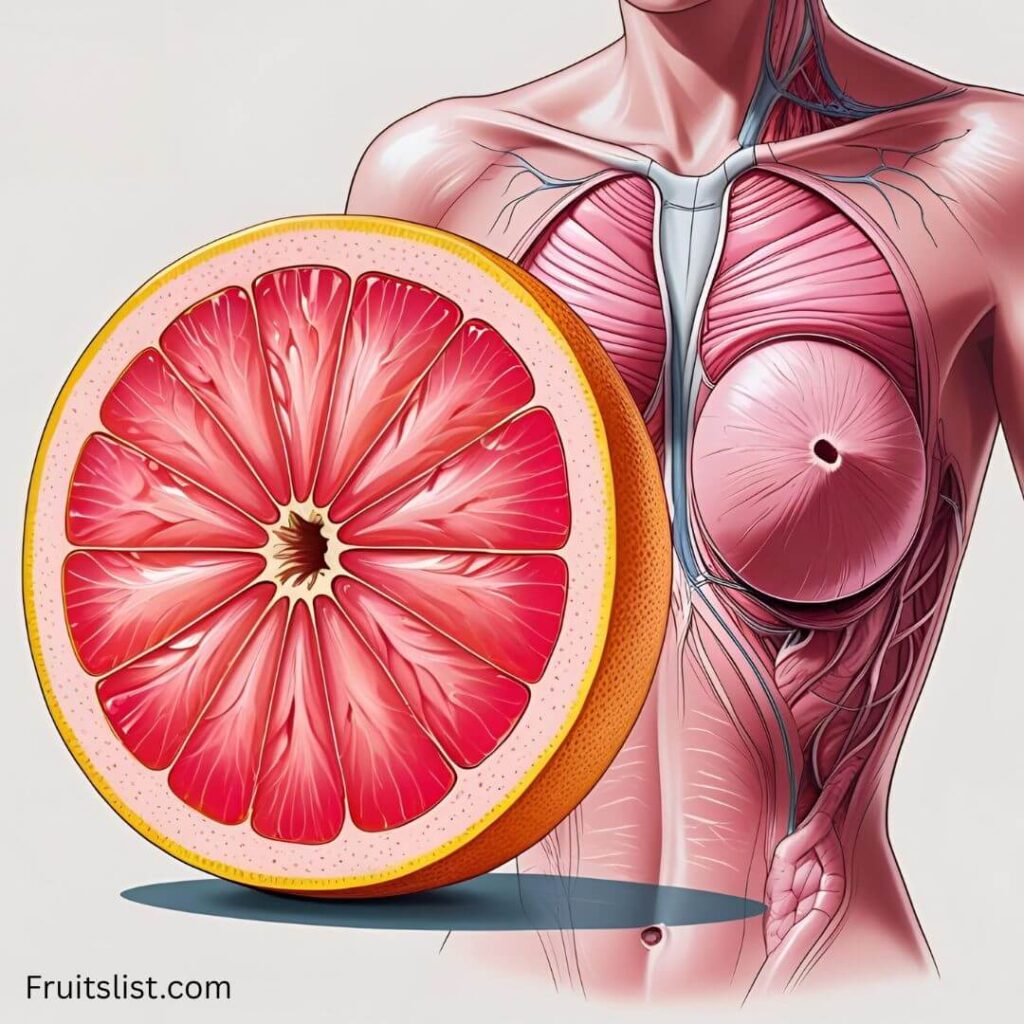
Cut a grapefruit crosswise and you’ll notice it mimics the structure of the breast, complete with segmented clusters resembling mammary ducts and lymphatic channels. Packed with antioxidants like vitamin C and flavonoids, grapefruit supports lymphatic cleansing and breast health — a juicy nod from nature.
3. Osage Orange — Brain
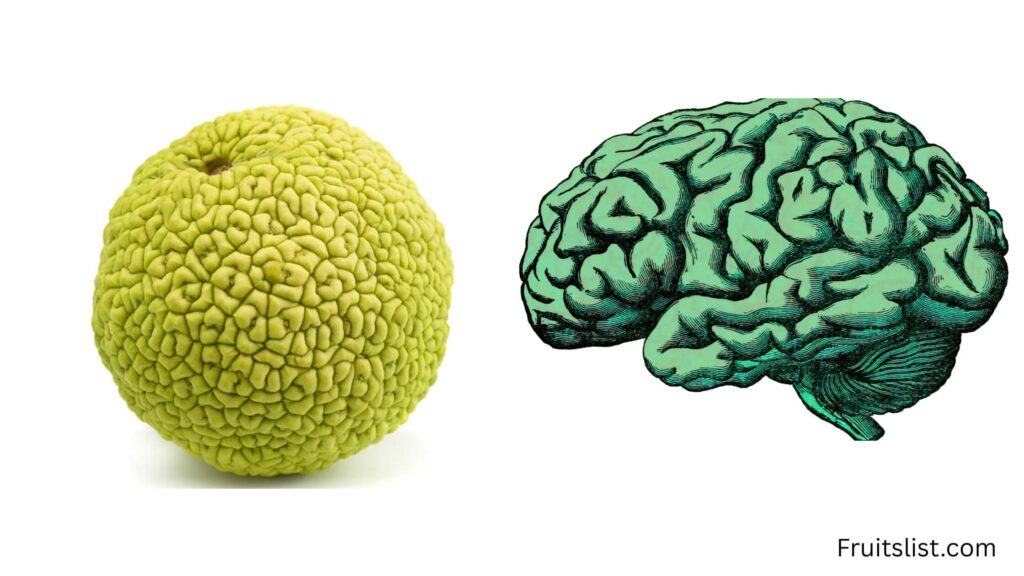
Bumpy, lobed, and brain-like in texture, the Osage orange fruit bears a striking resemblance to the human brain’s wrinkled cortex. Though not typically eaten, its look-alike quality is uncanny. It’s a reminder of how nature reflects structure, even in non-edibles.
Discover more fruits that resemble the brain: 8 Fruits That Look Like Brain
4. Grapes — Alveoli in the Lungs
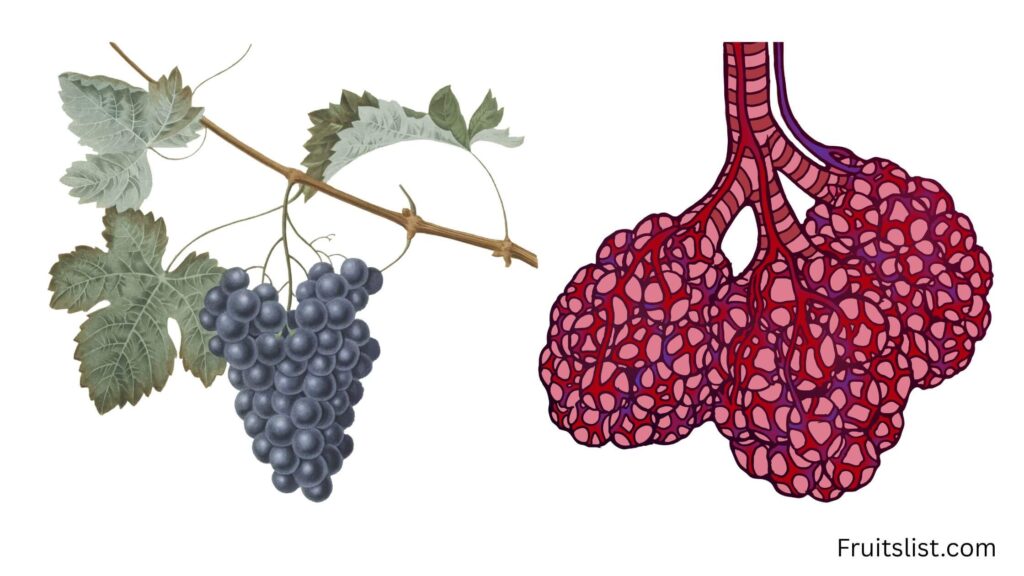
A tight cluster of grapes looks remarkably like the alveoli — the tiny balloon-like sacs in your lungs where oxygen and carbon dioxide exchange occurs. Grapes, especially the dark-skinned ones, are rich in antioxidants and anti-inflammatory compounds that promote lung health and circulation.
5. Olives — Ovaries
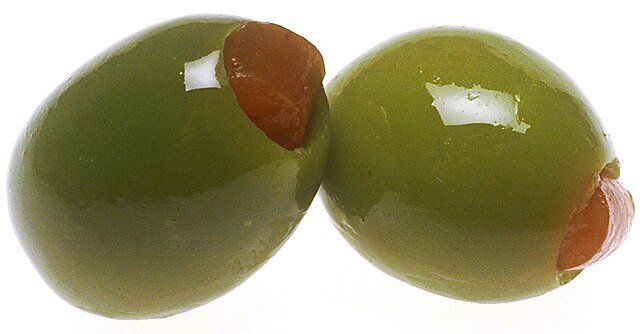
Small, oval, and nestled in pairs on a branch, olives mirror the ovaries — the glands responsible for egg production and hormone regulation in women. Olives are a powerhouse of healthy fats and vitamin E, both supportive of hormonal balance and reproductive health.
6. Walnuts — Brain
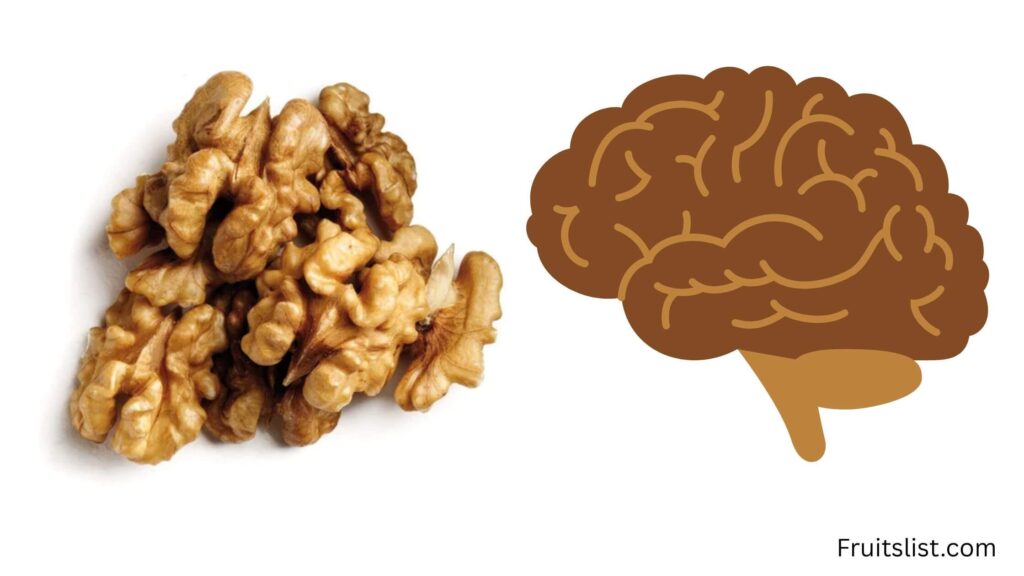
With deep grooves and a bi-lobed shape, walnuts are the quintessential food-brain twin. Their shell even resembles the skull casing. Rich in omega-3 fatty acids, walnuts nourish cognitive function and brain cell communication — no wonder they’re hailed as “brain food.”
7. Bitter Gourd — Pancreas
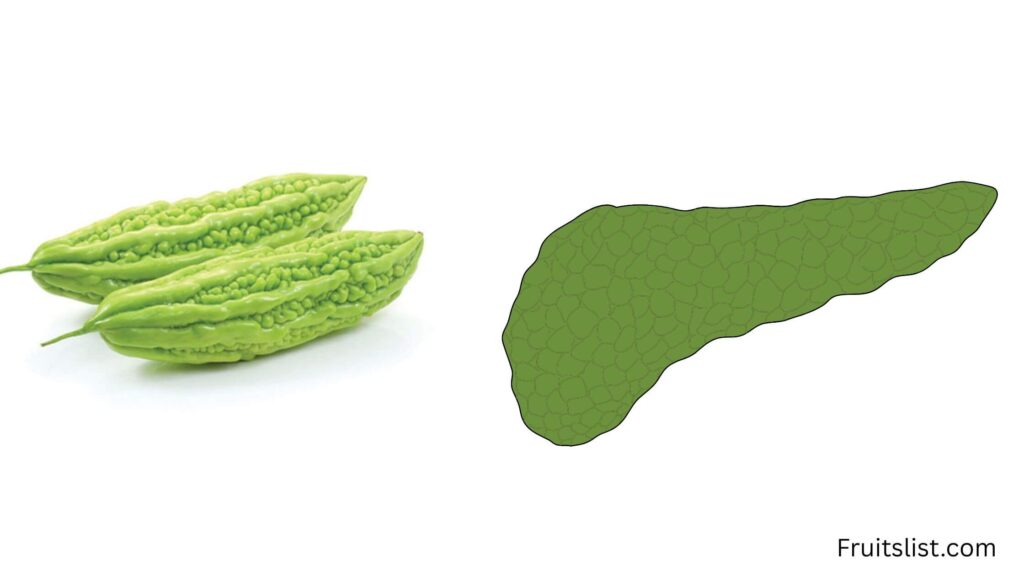
The long, bumpy silhouette of bitter gourd bears a notable likeness to the pancreas. Beyond appearances, bitter gourd has been shown to help regulate blood sugar, making it a supportive ally for this insulin-producing organ.
8. Tomato — Heart
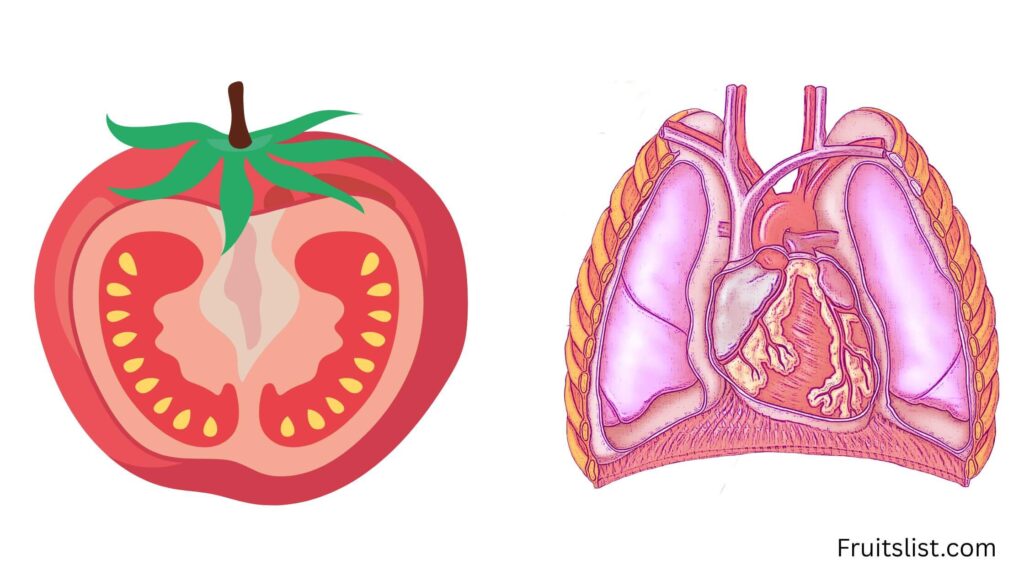
Cut into a tomato and you’ll see multiple chambers and a vibrant red hue — just like the human heart. Its juice-filled compartments resemble heart ventricles. Tomatoes contain lycopene, a heart-protective antioxidant known to reduce the risk of cardiovascular disease.
9. Banana — Smile (Mouth)
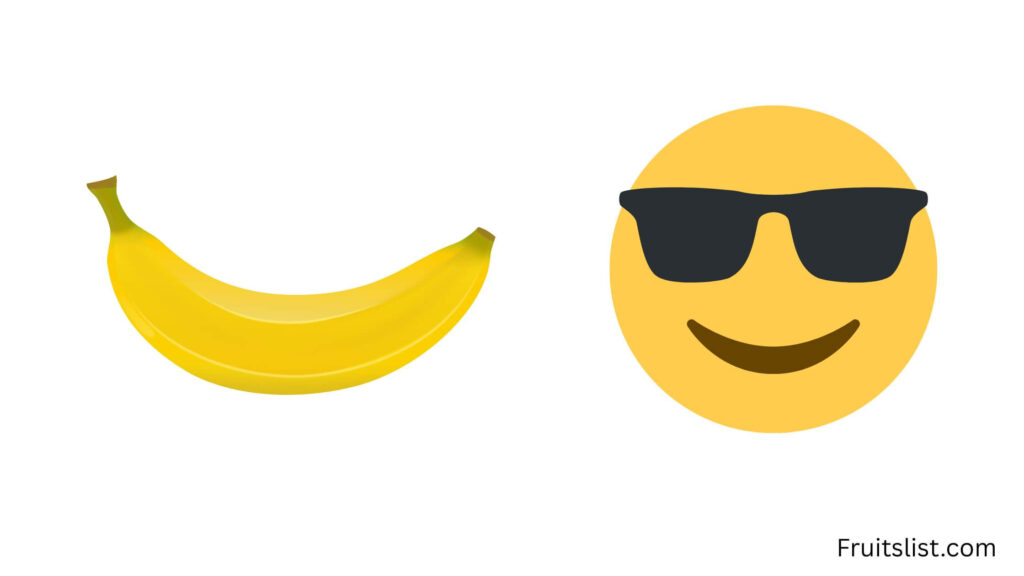
Curved like a joyful grin, the banana is the fruit-world’s smile ambassador. More than just a feel-good shape, bananas are rich in tryptophan, a compound that helps produce serotonin — the brain chemical associated with happiness and mood regulation.
10. Fig — Male Testicles
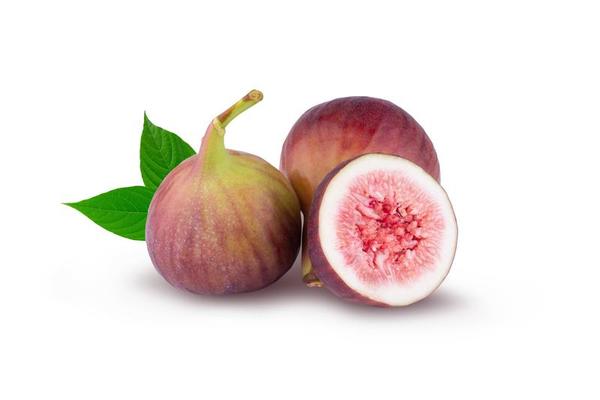
Soft, dual-hanging, and seed-filled, figs have a shape and internal texture that resemble male testicles. Ancient cultures saw this connection too, often linking figs to fertility and virility. They’re also high in minerals like magnesium and zinc, both crucial for reproductive health.
11. Peach — Buttocks

The soft, round peach is often playfully linked to the shape of human buttocks. With its crease down the middle and plump contour, the resemblance is hard to miss. Peaches are packed with fiber and water — great for digestive health and keeping things “moving.”
12. Kiwi (Sliced) — Eye (Retina & Lens)
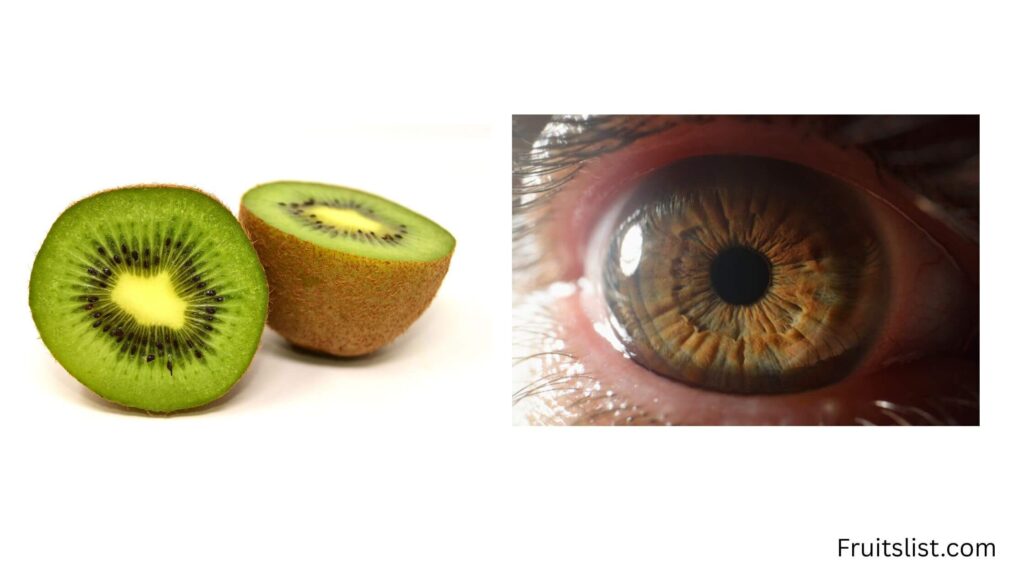
Slice a kiwi open and you’ll see a vivid green ring surrounding a dark central seed cluster, much like the human eye’s iris, lens, and pupil. The radial symmetry and vibrant contrast mimic the retina’s structure. Kiwi is also rich in vitamin C and antioxidants that support vision.
13. Eggplant — Prostate
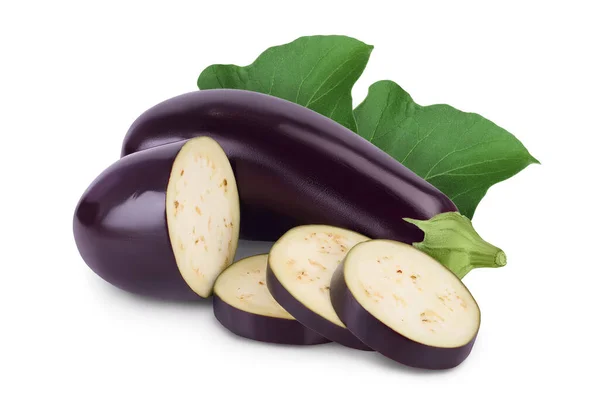
The eggplant’s elongated oval form shares a resemblance with the prostate gland. While the comparison may be visual, this fruit is high in phytonutrients and antioxidants that support cellular health — including in the prostate.
14. Horned Melon (Kiwano) — Mitochondria
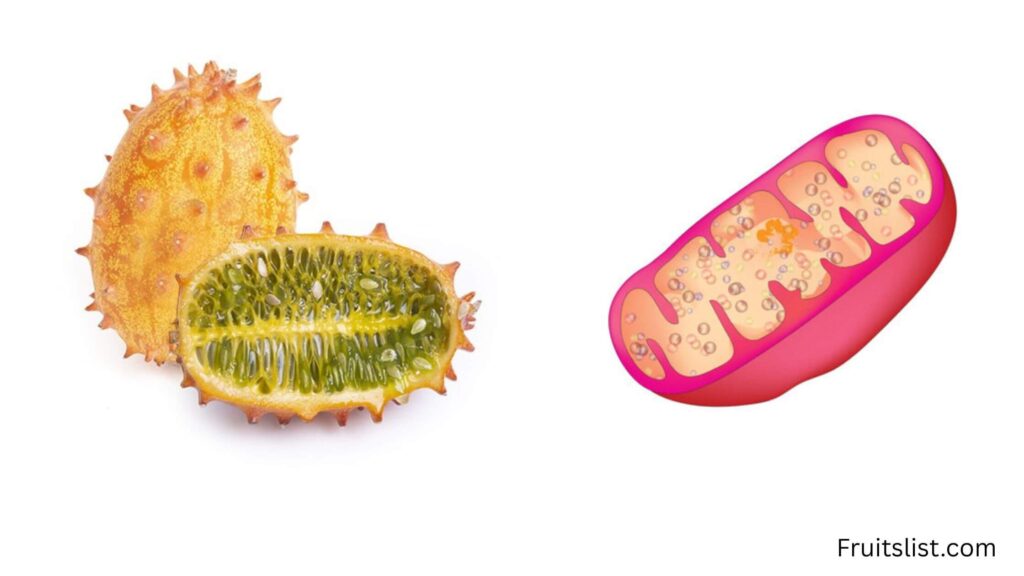
Slice open a horned melon, and its jelly-like seed pods and internal membranes strikingly resemble mitochondria — the microscopic powerhouses inside our cells. Kiwano is rich in vitamin C, magnesium, and antioxidants, all essential for energy production and cellular function.
15. “Dead Man’s Fingers” — Human Fingers

Both a fruit and a fungus go by the eerie name “Dead Man’s Fingers” due to their cold, limp, and finger-like appearance. While not a literal match to internal anatomy, their haunting form offers a visual cue that’s as unforgettable as it is uncanny.
16. Guava (Halved) — Thyroid Gland
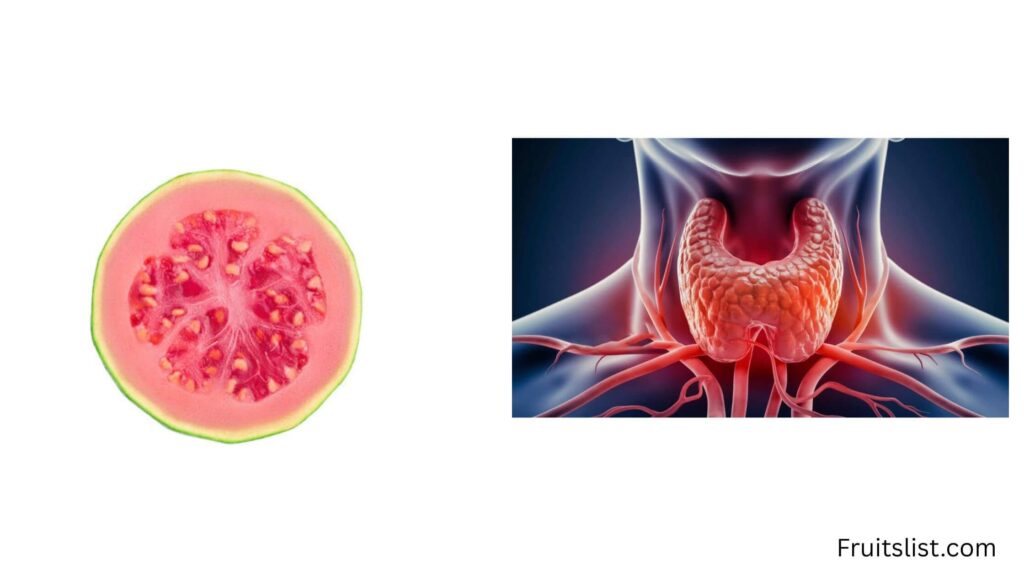
Slice a guava in half and observe the seed pattern: clustered in a central region, it eerily resembles thyroid follicles seen under a microscope. Guava is rich in vitamin C and dietary fiber — both helpful in maintaining metabolic and immune health, which the thyroid oversees.
17. Lychee (Peeled) — Eyeball
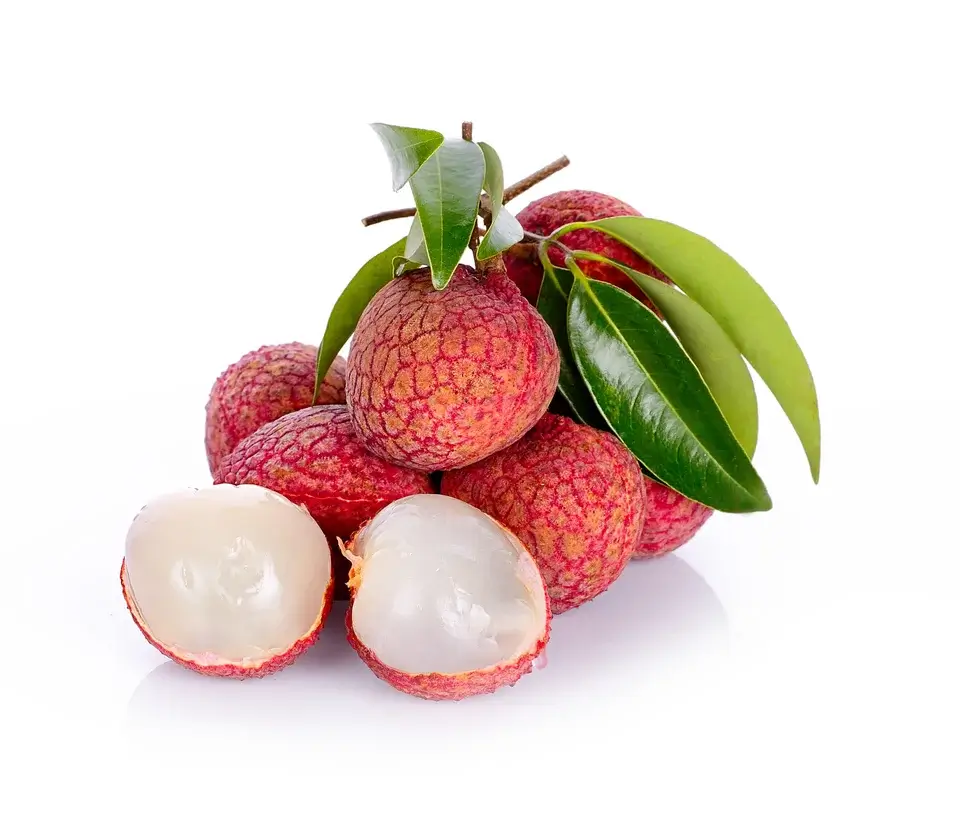
Once peeled, a lychee’s translucent white flesh and central dark seed mimic an eyeball — with the seed as the pupil and the flesh as the sclera. Lychees are a great source of vitamin C and flavonoids, which can support eye tissue and immune response.
18. Jackfruit (Inner Pods) — Muscle Fibers
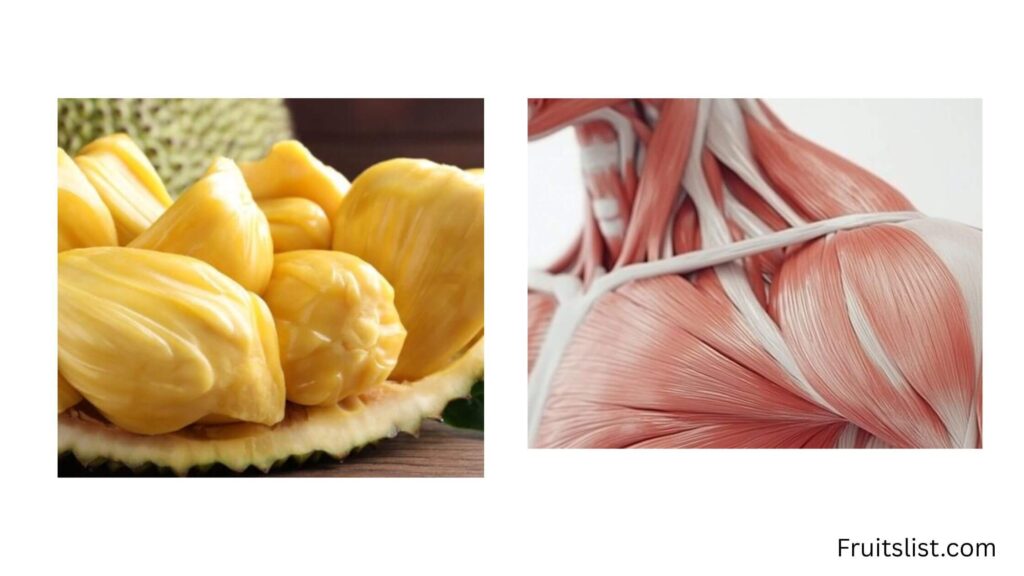
The fibrous yellow pods inside a jackfruit have a stringy, sinewy texture that closely mirrors muscle fibers. Beyond looks, jackfruit is loaded with potassium, a mineral crucial for muscle function and heart rhythm.
19. Timbó Fruit — Kidney
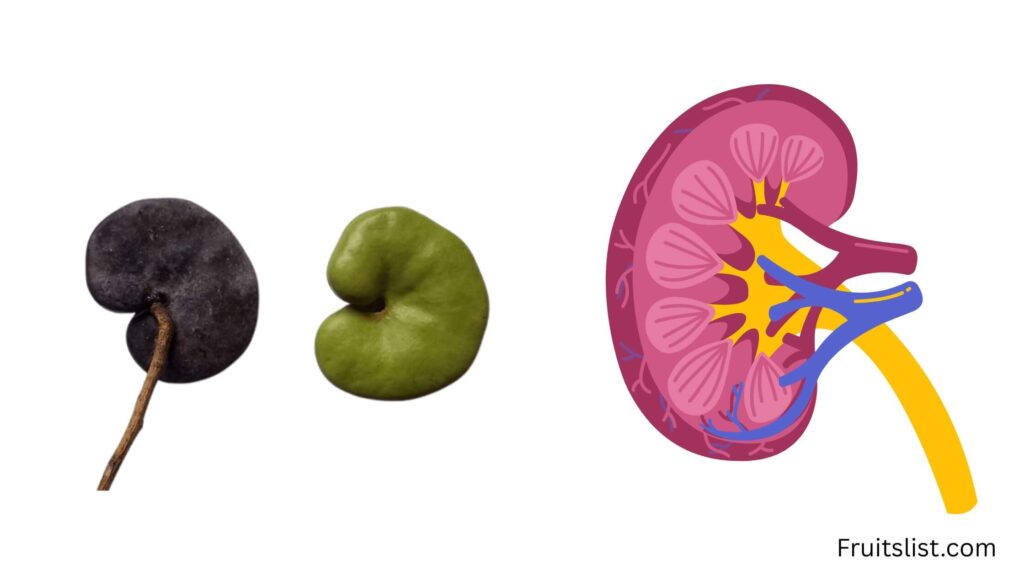
Shaped and ridged like a human kidney, the Timbó fruit draws a clear visual comparison to this vital organ. Though not commonly eaten, this South American fruit reminds us of how form can reflect function — and the deep connections between nature and anatomy.
20. Coconut and the Skull
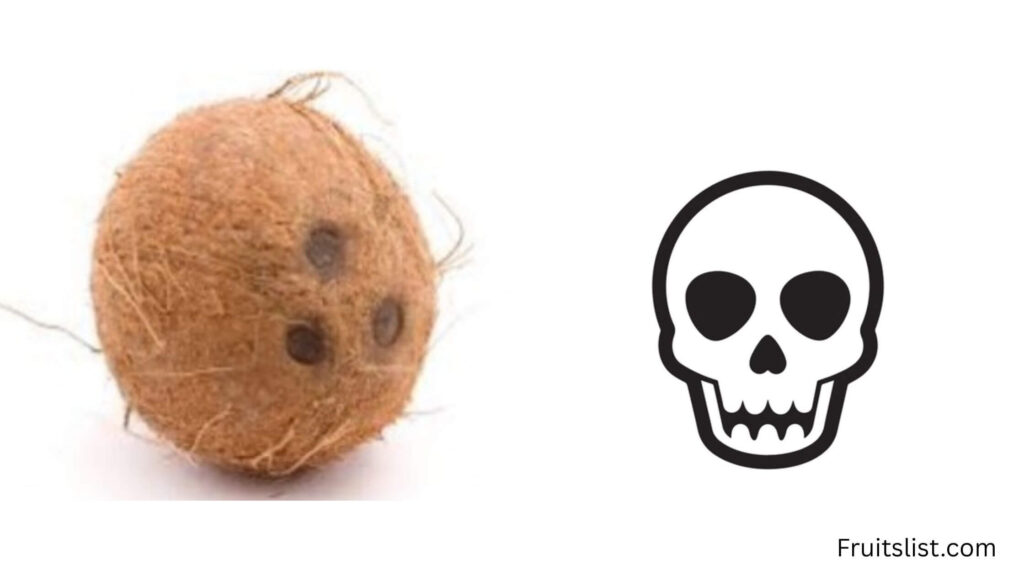
A coconut’s hard, round shell with three “eyes” resembles a simplified human skull, especially the facial bone area.
